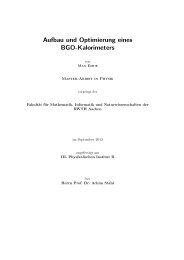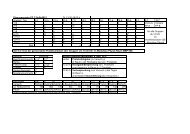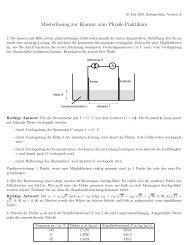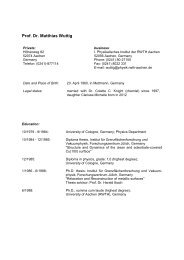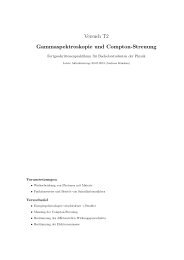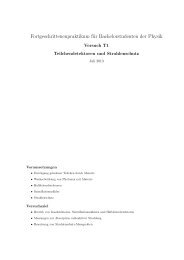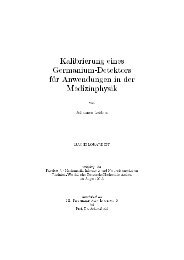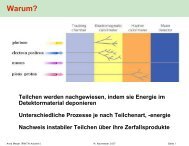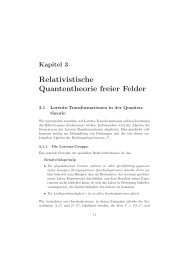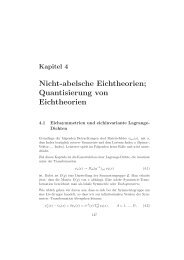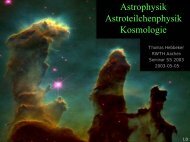Workshop book - Physikzentrum der RWTH Aachen - RWTH Aachen ...
Workshop book - Physikzentrum der RWTH Aachen - RWTH Aachen ...
Workshop book - Physikzentrum der RWTH Aachen - RWTH Aachen ...
You also want an ePaper? Increase the reach of your titles
YUMPU automatically turns print PDFs into web optimized ePapers that Google loves.
Posters Tuesday February 5<br />
Poster 36:<br />
Analysis of quantum transport features in complex carbon nanotube structures<br />
Robert Frielinghaus<br />
We have investigated two carbon nanotubes (CNTs) both in quantum transport<br />
and in the transmission electron microscope by means of a novel sample<br />
design. This enables us to determine the device structure unambiguously as<br />
a two-fold single-walled CNT bundle and an individual triple-walled CNT,<br />
respectively. The corresponding low-temperature transport experiments are,<br />
to our knowledge, the first ones unambiguously conducted on these very<br />
systems. The stability diagrams exhibit complex features as anti-crossings,<br />
Fano-shaped coulomb peaks, and regular sawtooth patterns. The origin of<br />
these features is only found with the detailed knowledge about the atomic<br />
structure, which cannot be obtained with standard sample layouts. More precisely,<br />
we measure capacitive and molecular interactions between the various<br />
elements of the devices and the environment.<br />
Poster 37:<br />
Nanomechanical read-out of a single spin<br />
Philipp Struck<br />
The spin of a single electron in a suspended carbon nanotube can be read<br />
out by using its coupling to the nano-mechanical motion of the nanotube. To<br />
show this, we consi<strong>der</strong> a single electron confined within a quantum dot formed<br />
by the suspended carbon nanotube. The spin- orbit interaction induces a<br />
coupling between the spin and one of the bending modes of the suspended<br />
part of the nanotube. We calculate the response of the system to pulsed<br />
external driving of the mechanical motion using a Jaynes-Cummings model.<br />
To account for resonator damping, we solve a quantum master equation, with<br />
parameters comparable to those used in recent experiments, and show how<br />
information of the spin state of the system can be acquired by measuring<br />
its mechanical motion. The latter can be detected by observing the current<br />
through a nearby charge detector.[1]<br />
[1] P. R. Struck, H. Wang, G. Burkard, arXiv:1212.1569<br />
81





